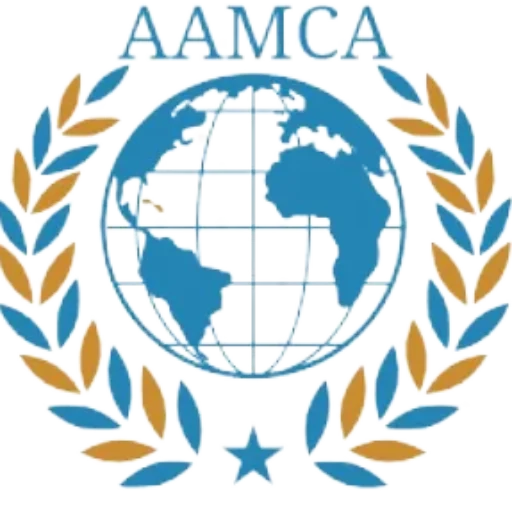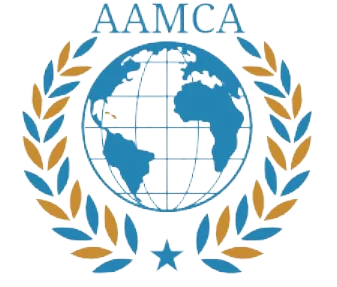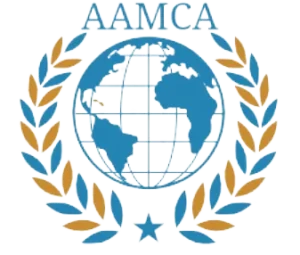Understanding Organized Crime
Organized crime (OC) has long been a complex and evolving phenomenon, traditionally understood as criminal enterprises engaged in illicit activities for profit. This definition has expanded, reflecting contemporary interpretations that emphasize not only the criminal acts themselves but also the importance of hierarchical structures, affiliations, and the socio-economic contexts in which these organizations operate. In the modern landscape, OC is often characterized by its adaptability to various political and social environments, allowing networks to flourish across different regions and cultures.
Legal frameworks aimed at combating organized crime face significant limitations. Many existing laws inadequately address the intricate nature of these networks, as traditional legal interpretations often fail to encompass the multifaceted relationships among various actors involved. For instance, the distinction between legitimate business practices and criminal behavior can blur, making it challenging for authorities to take effective action. This complexity necessitates an integrated approach, incorporating not just legal perspectives but also social, economic, and political dynamics that contribute to the persistence of organized crime.
Furthermore, the collaborative nature of OC networks underscores the role of conspiracy in their operations. Members within these organizations often engage in mutual support and resource-sharing, thereby strengthening their collective influence and reach. This aspect of organized crime highlights the necessity for coordinated international efforts to dismantle such networks. Frameworks like the UN Palermo Protocol have been established to promote global cooperation and facilitate the effective counteraction of organized crime, emphasizing the need for a collective response that transcends national borders. By acknowledging the inherent complexities of OC, stakeholders can develop more comprehensive and effective strategies for tackling this persistent issue.
Social Structures and Hierarchies in Organized Crime
Organized crime operates within intricate social structures that often reflect significant kinship ties and defined hierarchies. These constructs serve as a foundation for the sustainability and operational effectiveness of criminal organizations. Kinship plays a crucial role in fostering loyalty and trust among members, which are essential elements in thwarting law enforcement efforts. Members often engage in criminal endeavors that align with their familial obligations, reinforcing bonds and ensuring the commitment of individuals within the group.
Moreover, the hierarchies within organized crime syndicates clearly delineate roles and responsibilities, thereby enhancing their efficiency. Each member typically understands their position in the hierarchy, which allows for streamlined decision-making and the execution of criminal activities. This structured approach also minimizes internal conflicts, as individuals are less likely to challenge the authority of those above them without repercussions. Such well-defined roles mirror traditional corporate structures, indicating that effective operational frameworks are pivotal for both legal and illegal enterprises.
In urban contexts characterized by marginalization and socioeconomic challenges, the dynamics within organized crime groups often parallel those of street gangs. These gangs, like organized crime syndicates, emerge in reaction to systemic issues such as poverty and exclusion. As vulnerable individuals seek belonging and financial stability, they are drawn into these networks, where they find both a sense of community and, unfortunately, a path toward criminal activities. The recruitment into gang life often exploits societal fractures, thus perpetuating cycles of crime and violence. Understanding these social constructs is vital for comprehending the overall resilience and adaptation of organized crime across various contexts, particularly in regions like Afghanistan and Pakistan, where the Haqqani Network also exhibits similar thematic elements in its operations.
The Intersection of Financial Systems and Organized Crime
The financial dimensions of organized crime reveal a complex interplay between licit and illicit markets, enabling numerous illicit activities to thrive. This dynamic is vividly illustrated in the context of the Haqqani Network, which leverages financial systems to support its operations in Afghanistan and Pakistan. Organized crime, as delineated by the UN’s Transnational Organized Crime (TOC) framework, can be categorized into primary and enabling activities. Primary activities include drug trafficking, human smuggling, and arms dealing, while enabling activities encompass money laundering, corruption, and the exploitation of legitimate business fronts.
At the core of organized crime’s financial operations lies a profit-driven logic akin to that of legitimate businesses. Both sectors utilize sophisticated strategies to manipulate markets and enhance profitability. For instance, organized crime syndicates often employ similar methodologies to those found in legal enterprises, such as market research, risk assessment, and strategic planning. This parallel suggests that organized crime does not operate in a vacuum; rather, it interacts with the legitimate economy and exploits its vulnerabilities.
Furthermore, organized crime often penetrates financial systems to facilitate money laundering, which allows illicit gains to seamlessly enter the legal economy. By concealing the origins of illegal profits, these networks can function within formal financial systems, further illustrating the intersectionality of these two realms. They exploit both low-regulation zones and technological advancements to transfer funds and obscure the source of their earnings. This generates a significant impact on local economies, as criminal organizations can outmaneuver legitimate businesses through lower costs achieved via legal evasion or fraud.
Ultimately, the overlap of financial systems and organized crime not only underscores the challenges faced by law enforcement but also highlights the necessity for a comprehensive approach to address these complex issues. To combat such transnational threats, a deeper understanding of the financial mechanisms at play is essential in dismantling the infrastructure that supports organized crime networks like the Haqqani Network.
The Haqqani Network: A Case Study in Organized Crime and Terrorism
The Haqqani Network, established during the Soviet-Afghan War in the 1970s and 1980s, has evolved into a significant player in the nexus of organized crime and terrorism in Afghanistan and Pakistan. This network, originally formed to resist the Soviet invasion, has maintained its influence through strategic alliances, particularly among tribal groups. This unique foundation has enabled the Haqqani Network to operate both as a militant organization and as a criminal enterprise, facilitating various illegal activities, notably the heroin trade.
As Afghanistan remains a leading producer of opium, the Haqqani Network has proficiently capitalized on this lucrative market. The network’s established relationships with local farmers and its involvement in the trafficking routes have secured its financial backbone. Thus, the heroin trade has become a vital element of the organization’s operations, intertwining its criminal activities with its strategic warfare objectives. Furthermore, the revenue generated from drug trafficking has enabled the network to bolster its military capabilities and sustain its insurgency against Afghan and NATO forces.
The instability in the region has significantly contributed to the Haqqani Network’s resilience. Political power vacuums and conflicts provide a fertile ground for the network to expand its activities, exploiting the grievances of local populations to gain support. These tribal alliances not only offer a protective shield but also lend an air of legitimacy to the network’s operations. Within this context, the Haqqani Network exemplifies how organized crime can flourish in a landscape marked by chaos, utilizing methods that blur the lines between terrorism and organized criminality.
In exploring the intricacies of the Haqqani Network, it becomes evident that this organization is emblematic of a broader phenomenon where crime merges seamlessly with geopolitical strife. The interplay between organized crime and the various facets of terrorism highlights the challenges faced by governments in addressing these issues effectively.




